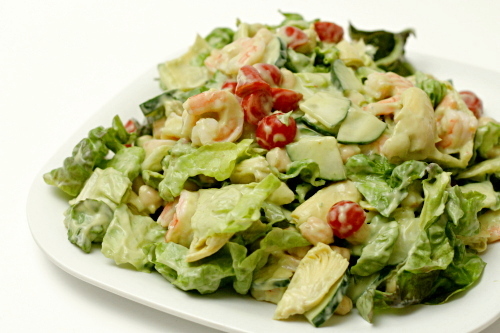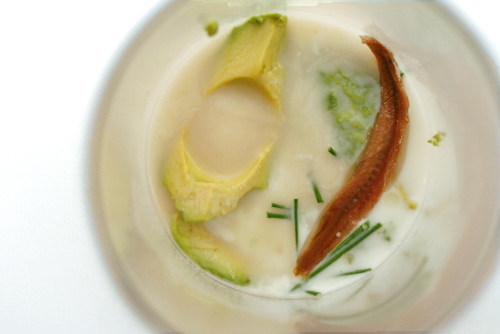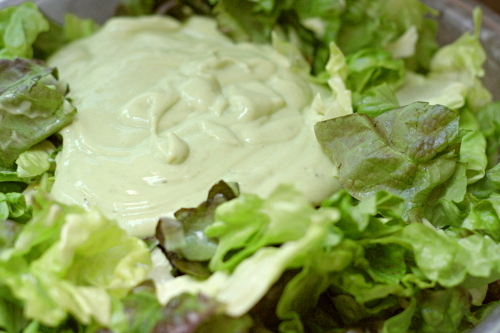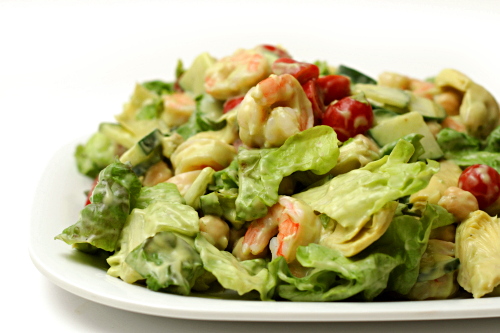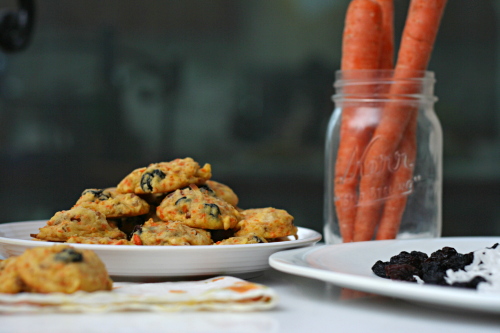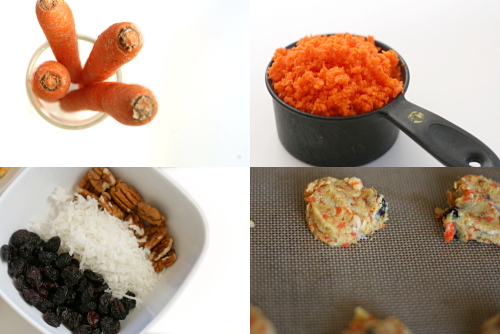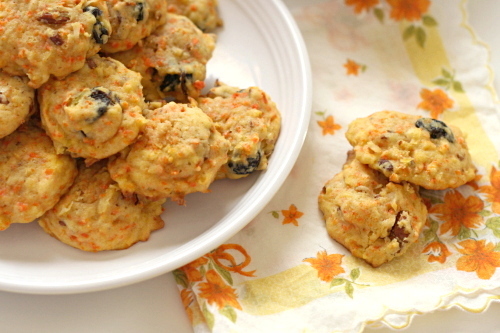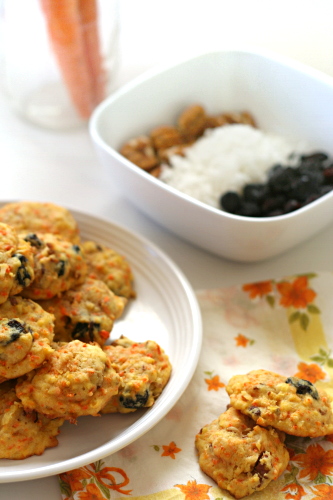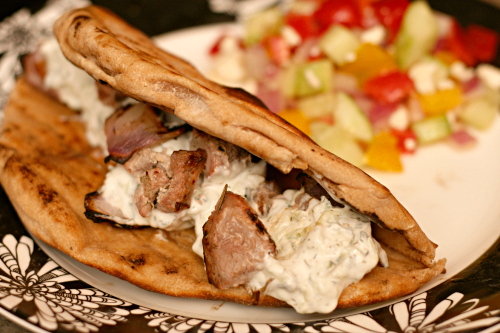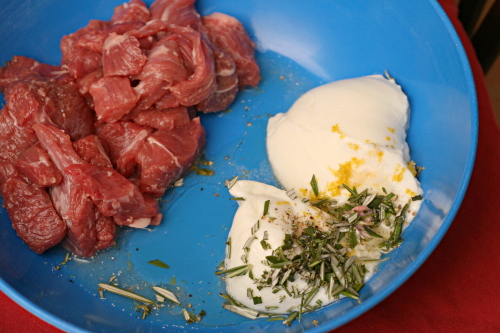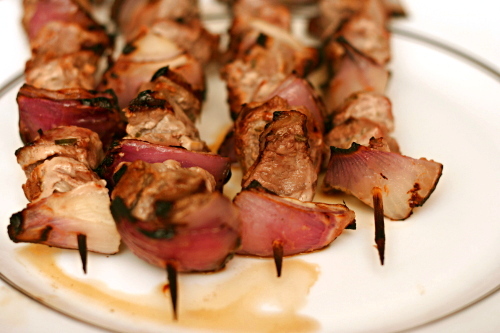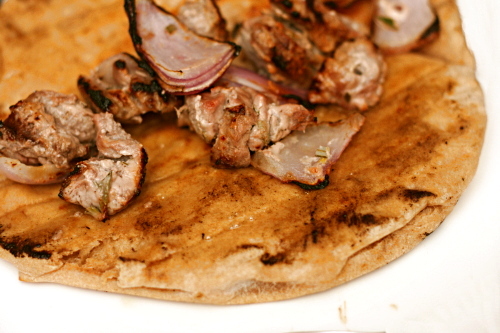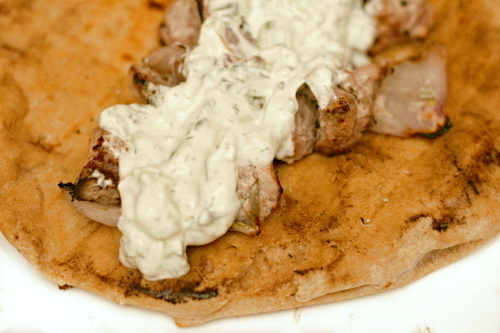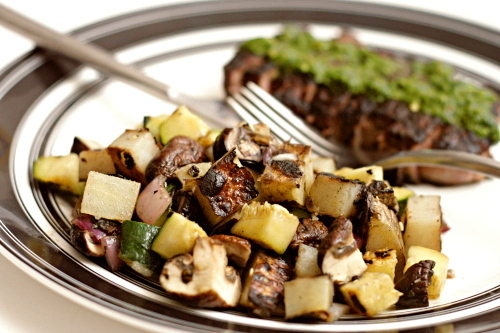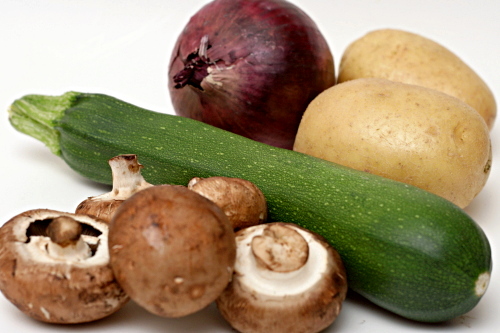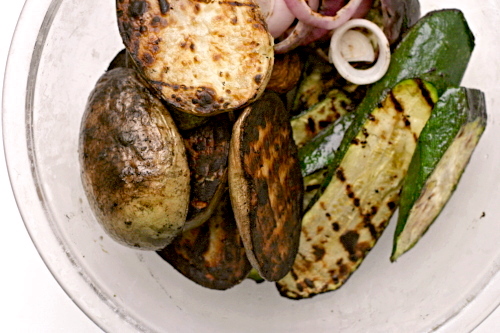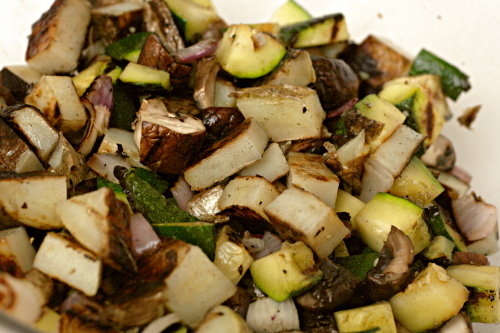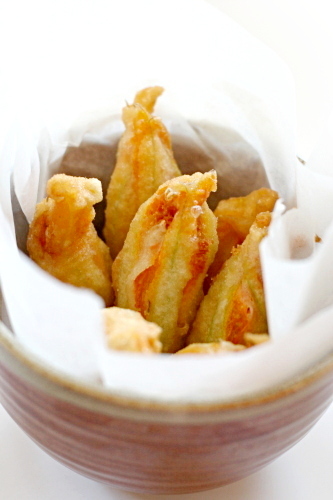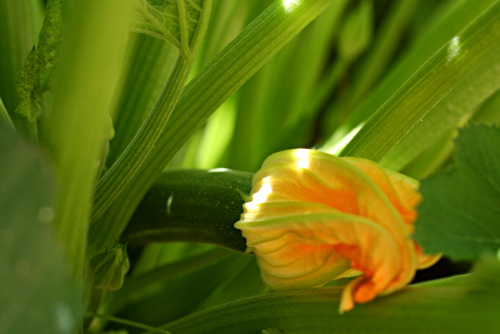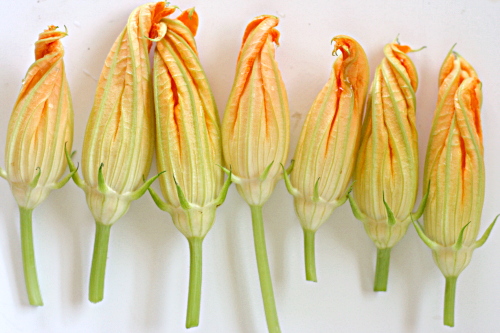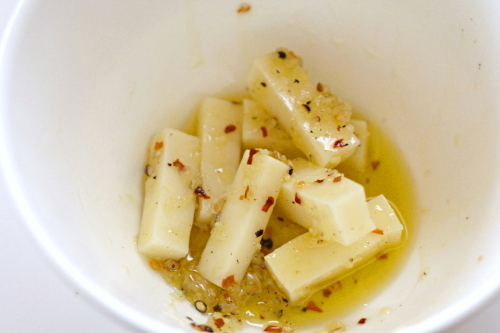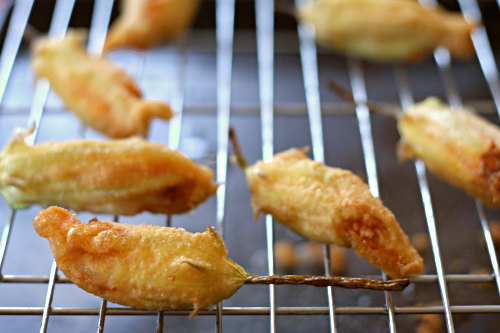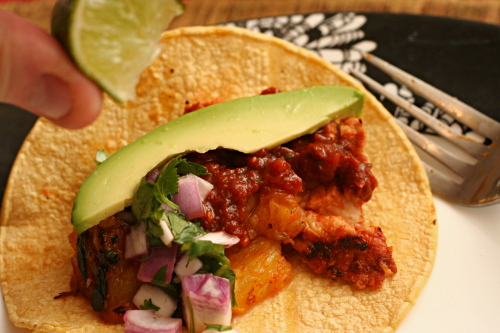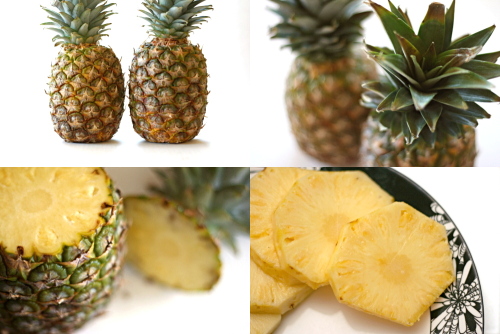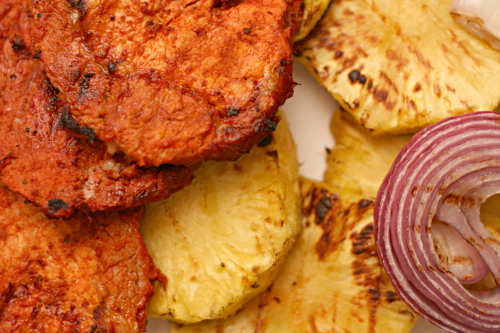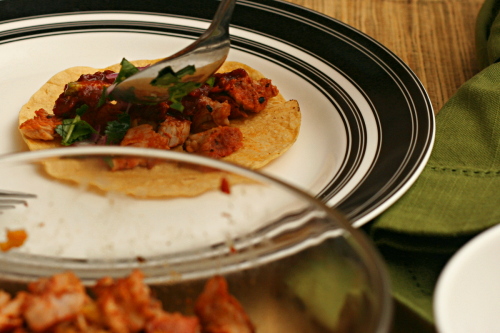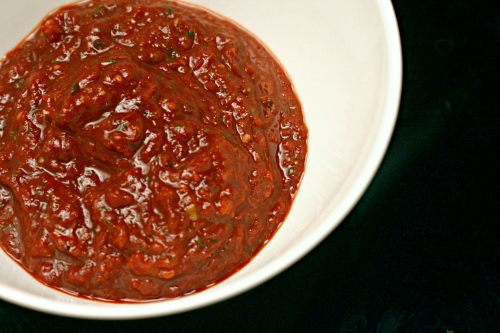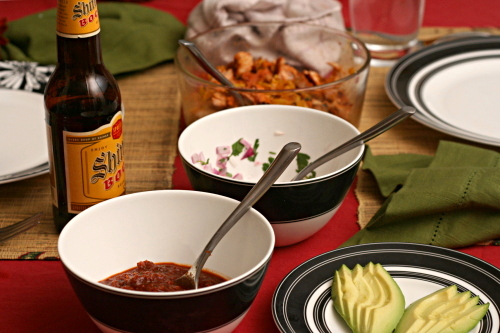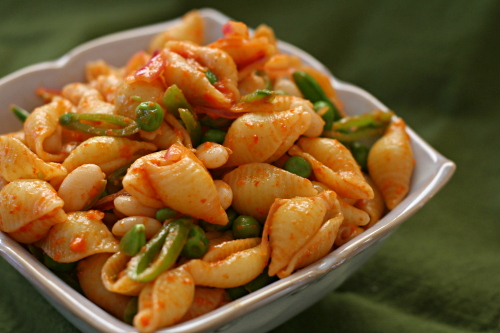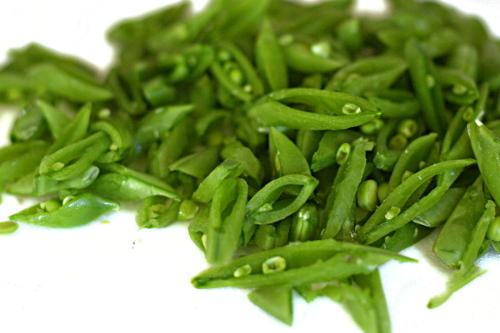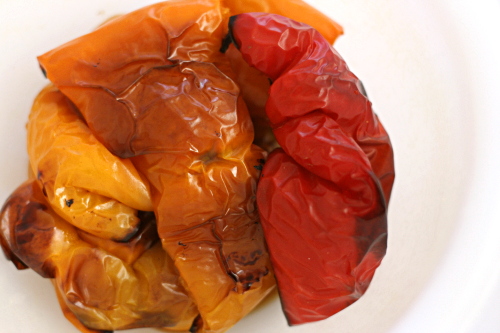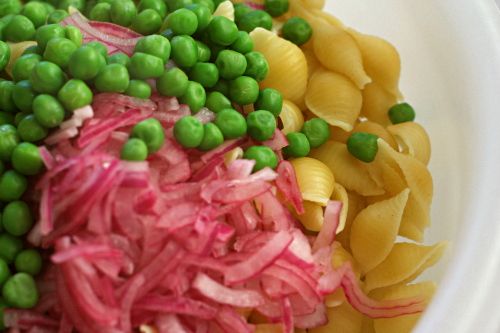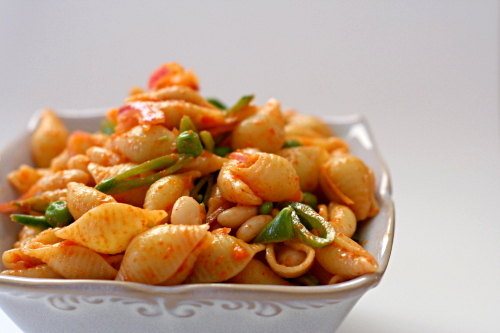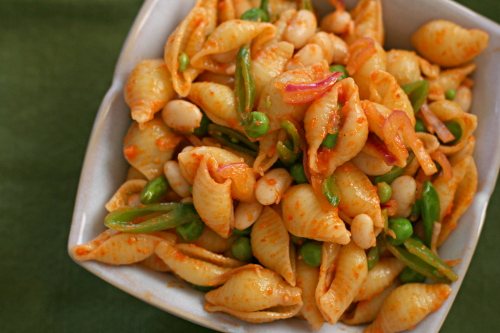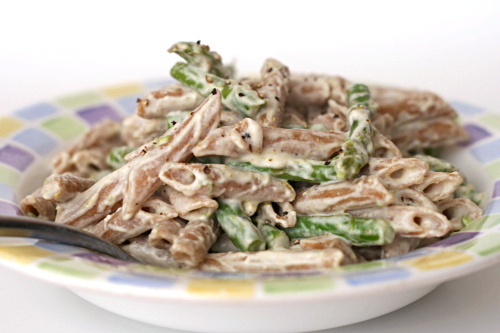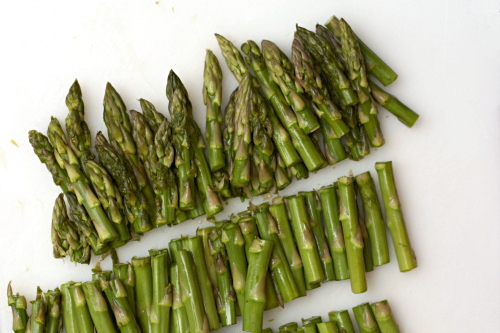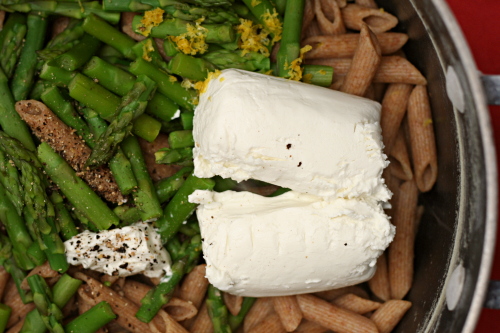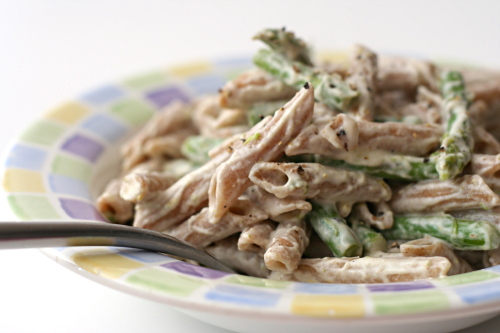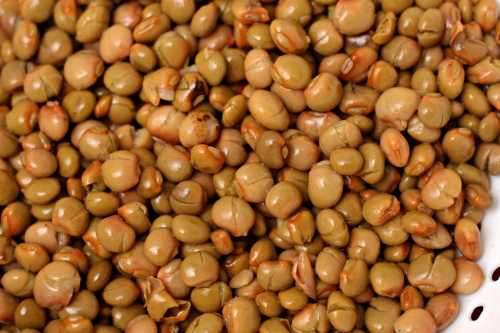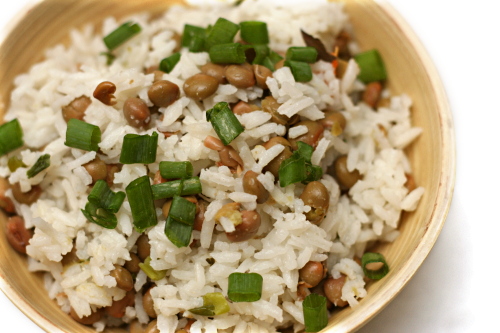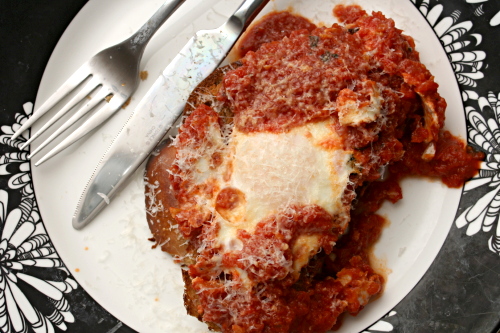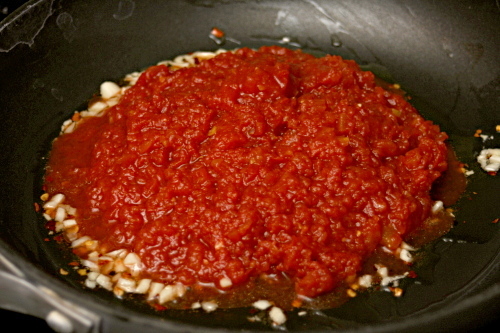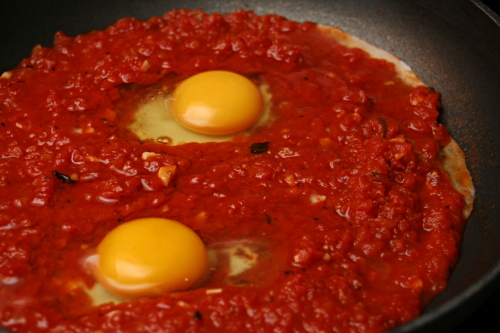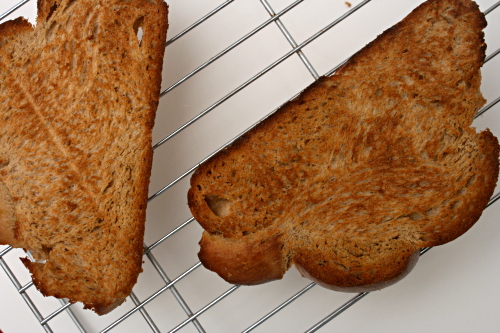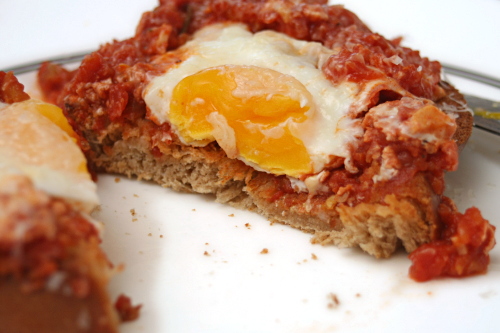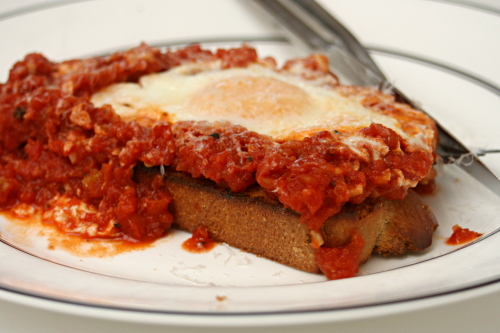I am not a fan of those recipes that try to hide vegetables in foods where they clearly don’t belong. For one thing, “deceptive” is not a word I want applied to any of my relationships. For another, I strongly believe that if you cook vegetables correctly, they’re so tasty that there’s no reason to avoid them. I also strongly believe that if you’re an adult who is still picky about vegetables, then you need to stop being such a big baby, grow up, and eat your damn vegetables. I am bossy.
Anchovies, on the other hand, I am comfortable sneaking into dishes without telling Dave. Dave unfairly maligns anchovies based on years of delivering pizza, disregarding my claims that anchovies aren’t meant to be dumped whole onto pizza anymore than garlic cloves are. There are people who enjoy their pizzas being overwhelmed by one strong flavor, but for most of us, both garlic and anchovies are better as accents.
Anchovies should in general be treated like garlic – minced, used judiciously, and added to the recipe early so that the flavor permeates the dish in a soft, subtle way. Or, in this case, blended into a dressing. Anchovies add not just salt to a dish, but a nice meatiness. If it makes your food tastes like fish, you’re using the wrong brand of anchovies.
I snuck one anchovy into this dressing the first time, two the second time. Dave didn’t notice. I didn’t tell him. Next time, it’ll be three anchovies, and maybe then the flavor will be strong enough to add more complexity to this already fresh-tart-rich-healthy-delicious mix of ingredients. My goal isn’t to deceive Dave; it’s to convince him that, when used correctly, anchovies are wonderful – just like vegetables.
One year ago: Clafoutis
Two years ago: Filbert Gateau with Praline Buttercream
Green Goddess Salad (adapted from Eating Well)
Serves 2 as a main dish; 4 as a side dish
I skipped the celery, because otherwise I’ll buy a bunch, use one stalk and forget about the rest in the fridge until it’s suitable only for compost.
If at all possible, do not use chickpeas that are cooked without salt. You’ll end up with little flavor voids.
½ avocado, peeled and pitted
½ cup buttermilk
2 tablespoons chopped fresh herbs, such as tarragon, sorrel, and/or chives
2 tablespoons lemon juice
2-3 anchovy fillets
8 cups bite-size pieces green leaf lettuce
12 ounces peeled and deveined cooked shrimp (21-25 per pound)
½ cucumber, sliced
1 cup cherry or grape tomatoes, halved
1 cup canned chickpeas, rinsed
1 cup canned artichoke hearts, rinsed, dried, and quartered
½ cup chopped celery
1. Puree the avocado, buttermilk, herbs, lemon juice, and anchovies in a blender until smooth.
2. Divide the lettuce among 4 plates. Top with the shrimp, cucumber, tomatoes, chickpeas, artichoke hearts, and celery. Drizzle the dressing over the salads.
